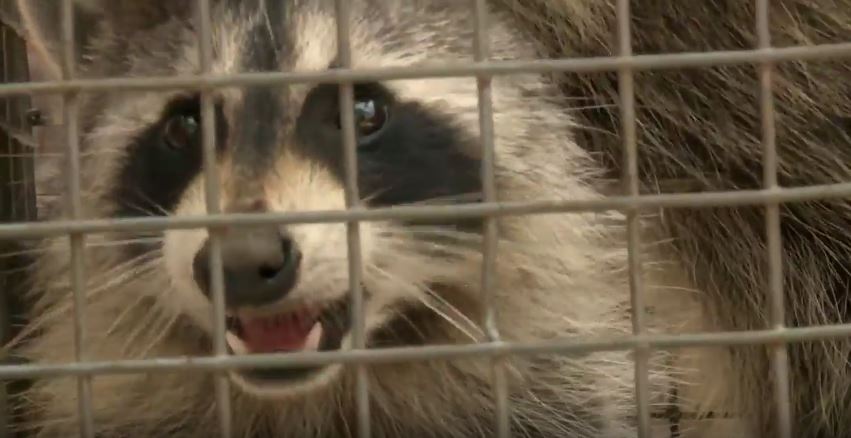Where Should I Relocate a Trapped Raccoon??

Trapping a raccoon is the difficult part of the process of removing them from your home. However, once you have trapped the raccoons, you still need to remove them from your house and release them safely back into the wild. This is where the process becomes completed.
How Can You Transport a Raccoon?
When you are transporting a raccoon, you should be wearing thick gloves that are made from leather or any other tough material. This will help protect you, especially if the raccoon tries biting or scratching you. You should also be carrying the trap away from your body because raccoons can reach out of the cage a few inches. So, do not place your fingers near the cage or the raccoon may try to bite you. Before placing the trap in your vehicle, make sure that you have a drop cloth laid out because this will protect your vehicle from droppings. Place the trap in the vehicle in such a way that it is stable.
Where Should You Release It?
Raccoons are very smart and have the ability of finding their way back home, which is why you should take it a minimum of 10 miles away from your home. Most times, this distance should be enough to keep the raccoon from returning to your home. However, the more distance that you can travel from your home to release the raccoon the better.
Most people think that they should release a captured raccoon into the woods because that’s where raccoons should live. However, if the raccoon was living in a city or suburb, there is usually a good reason. This reason could be that they were forced out of the local forest or they were born in the urban areas. There is also the risk that releasing the raccoon, into the woods will cause a new neighborhood to have raccoons. There is no perfect place to release a raccoon but you should make sure there is a water source nearby, which helps ensure that the raccoon will stay near the location you released it at.
The Raccoon Is Not Likely to Attack When It Is Released
When most raccoons are released from a trap, they will take off due to being afraid and trying to survive. You would most likely do the same thing, so make sure that the raccoon has a clear view of where it would think it would be the safest. However, you should still be careful opening the trap. If the raccoon will not leave the trap, you can prop the door open and leave it there until the animal leaves, or you can blow on the raccoon to make it scared, and it should run out.
Releasing a raccoon into the wild is one of the best things that you can do when it has been living in your home. There are many humane traps that make it easy to catch and release the raccoon. You should be careful when handling a raccoon because they have sharp teeth and nails, and can spread many illnesses.
Read the How to get rid of raccoons page for helpful information and to learn more about Where Should I Relocate a Trapped Raccoon??

